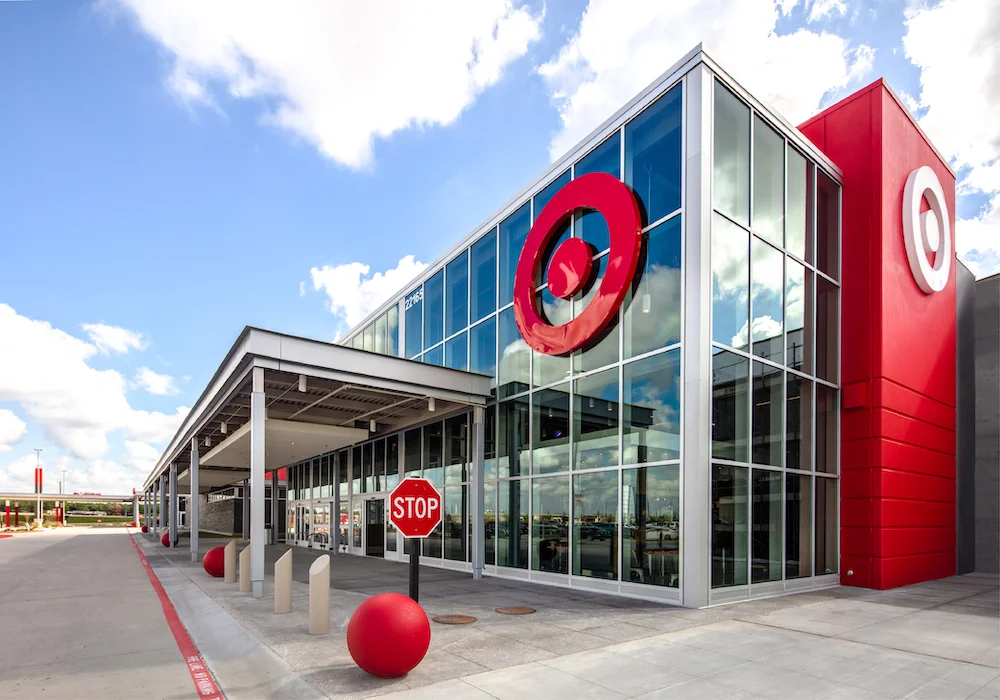AI and Machine Learning in Retail
By using AI (Artificial intelligence) and machine learning technologies retailers are transforming the retail industry. AI involves the simulation of human intelligence in machines, enabling them to think, learn, and solve problems like humans. Machine learning, a subset of AI, focuses on creating algorithms that allow computers to learn from data and make predictions or decisions autonomously.
AI and machine learning are becoming essential in retail, reshaping operations from personalized shopping experiences to inventory management and customer service. By harnessing AI and machine learning, retailers gain insights into customer behaviors, streamline operations, and enhance the overall shopping experience for customers.
Personalized Recommendations and Product Suggestions
AI and machine learning are primarily used in retail to offer personalized product recommendations. By analyzing customer data such as previous purchases, browsing habits, and demographic details, AI algorithms suggest tailored products for individual customers. These recommendations can be shown on the retailer’s website, mobile app, or via email.
Personalized recommendations increase customer engagement and loyalty. Customers are more likely to purchase and return when they see suggestions that align with their preferences. Additionally, retailers can increase their average order value by promoting related or higher-priced items. These recommendations also help reduce excess inventory by promoting products that are more likely to sell.
For customers, this means a more convenient shopping experience, where they can quickly find products suited to their tastes without sifting through an entire catalog, ultimately improving customer satisfaction.
Inventory Management and Supply Chain Optimization
AI and machine learning play a critical role in inventory management and supply chain optimization for retailers. By analyzing historical sales data, customer demand trends, and factors like holidays or weather, AI can predict future demand and optimize stock levels. This prevents issues like stockouts and overstocking, leading to better customer satisfaction and cost savings.
Machine learning also optimizes the supply chain by predicting delivery times, improving route efficiency, and identifying bottlenecks. This allows retailers to streamline their operations, cut costs, and enhance efficiency.
For customers, this translates to improved product availability and timely deliveries, which enhances the overall shopping experience.
Chatbots and Virtual Assistants for Customer Service
Retailers are increasingly using AI-powered chatbots and virtual assistants for customer service. Chatbots simulate human conversation via text or voice, while virtual assistants perform tasks based on natural language input.
These AI tools provide 24/7 customer support, handling various inquiries, from product information and order tracking to returns and personalized recommendations. They can also assist with transactions, making the shopping process smoother.
For retailers, chatbots reduce customer service costs, improve response times, and increase sales through personalized upselling and cross-selling opportunities. For customers, it offers a convenient way to get instant answers and resolve issues quickly without waiting on hold.
Predictive Analytics for Sales Forecasting and Pricing
AI and machine learning are also used to enhance predictive analytics for sales forecasting and pricing. By analyzing past sales data, customer behavior, and market conditions, AI predicts future sales volumes and helps optimize pricing strategies.
Accurate sales forecasting helps retailers avoid stockouts, manage inventory efficiently, and streamline supply chains. Pricing strategies, informed by machine learning, enable retailers to set optimal price points for products, maximizing revenue and profitability.
For customers, predictive analytics ensures they find the products they want at competitive prices, improving their shopping experience.
Fraud Detection and Prevention
Retailers are using AI and machine learning to enhance fraud detection and prevention. By analyzing customer data, transaction history, and external signals, AI can identify patterns and anomalies indicating fraudulent activity.
AI-driven fraud detection protects retailers from financial loss, chargebacks, and damage to their reputation. For customers, it provides reassurance that their personal and financial information is secure, boosting their confidence in online shopping.
Visual Search and Image Recognition for Product Discovery
AI and machine learning also enable visual search and image recognition in retail. Visual search allows customers to find products using images rather than text. Image recognition helps retailers categorize and tag products based on visual content.
These technologies streamline the product discovery process, allowing customers to find similar items quickly by uploading images or using their cameras, enhancing the convenience of shopping.
Retailers benefit from increased customer engagement and higher conversion rates by providing a more intuitive search experience.
Augmented Reality and Virtual Try-Ons
Retailers are using AI-powered augmented reality (AR) and virtual try-ons to improve the shopping experience. AR overlays virtual objects onto the real world, while virtual try-ons allow customers to visualize how products like clothes or accessories would look on them.
This technology helps customers make informed purchasing decisions by visualizing items before buying, reducing the chances of returns. Retailers benefit from increased engagement and lower return rates.
Voice-Activated Shopping and Smart Speakers
AI and machine learning power voice-activated shopping and smart speakers, allowing customers to make purchases through voice commands. Integration with voice assistants like Amazon Alexa or Google Assistant enables hands-free shopping.
Voice-activated shopping makes the purchasing process more convenient for customers, while retailers benefit from increased engagement, higher sales, and valuable data insights.
Ethical Considerations and Future Implications of AI in Retail
While AI and machine learning bring numerous benefits, they also raise ethical concerns. Issues like data privacy and job displacement must be addressed as these technologies become more widespread. Moreover, the future of AI in retail holds endless potential, from AI-powered robots in stores to fully personalized in-store experiences.
Retailers that embrace AI and machine learning are poised to lead the future of retail, offering enhanced shopping experiences and operational efficiency.
Conclusion
AI and machine learning are reshaping the retail landscape, enabling personalized shopping experiences, optimizing inventory management, enhancing customer service, improving sales forecasting, and preventing fraud. These technologies are equally beneficial to both retailers and customers, enhancing operational efficiency and improving overall customer satisfaction.
As AI and machine learning continue to evolve, the retail industry will see more innovative applications that will further enhance the shopping experience and position forward-thinking retailers for success.





